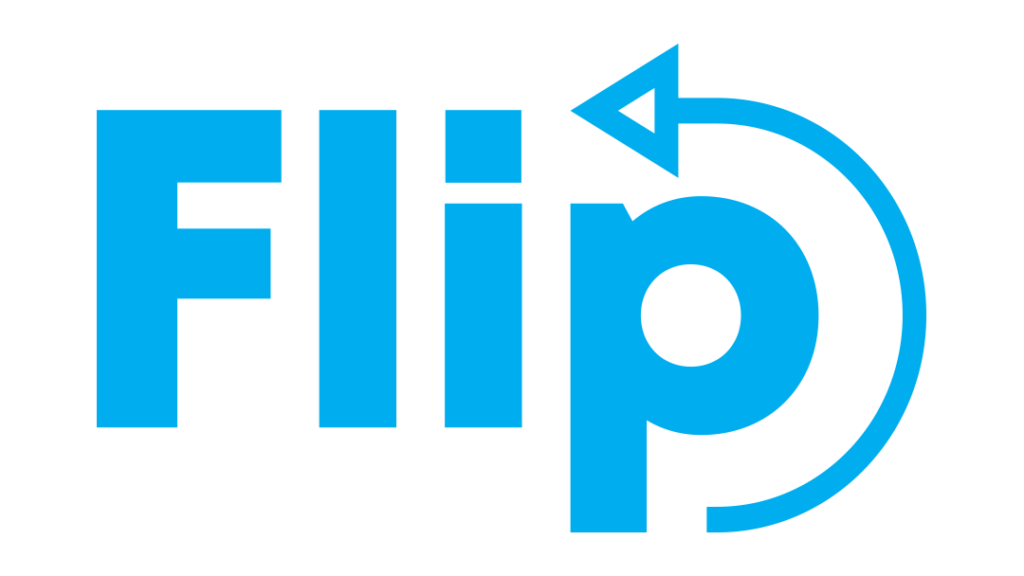Email marketing is one of the most effective tools in digital marketing. It allows businesses to engage directly with their audience, build relationships, and drive conversions—all in a way that feels personal. But to get the most out of email marketing, it’s essential to know how to craft campaigns that resonate with your audience and encourage action. Whether you’re just starting out or looking to fine-tune your strategy, this guide will walk you through how to build email campaigns that convert.
Why Email Marketing Still Matters
With the rise of social media and other forms of digital marketing, you might wonder if email marketing is still relevant. The answer is a resounding yes! In fact, email marketing has one of the highest returns on investment (ROI) of any marketing channel, with an average return of £36 for every £1 spent.
Emails go directly into your audience’s inbox, creating a direct line of communication. They also allow for personalisation and targeting, ensuring that your message reaches the right people at the right time.
Key Components of a Successful Email Marketing Campaign
To build a successful email marketing campaign, it’s important to understand the key elements that make up an effective email. Here are the components you need to focus on:
1. A Strong Subject Line
The subject line is the first thing your recipient sees, and it determines whether or not they’ll open your email. A strong subject line should:
- Be short and to the point.
- Create curiosity or excitement.
- Include personalisation, such as the recipient’s name.
- Use action-oriented language (e.g., “Don’t Miss Out on This Offer!”).
Examples of Effective Subject Lines:
- “Unlock Exclusive Discounts Today, [First Name]!”
- “Your Free Guide to Building Better Campaigns”
- “Hurry! Sale Ends Tonight—Up to 50% Off”
2. Personalisation
Personalisation goes beyond just adding the recipient’s name to the subject line. It involves tailoring the content to your audience’s preferences and behaviours. Emails that feel personal and relevant to the reader are much more likely to convert.
Ways to Personalise Your Emails:
- Use the recipient’s name throughout the email.
- Send content based on the recipient’s previous interactions with your brand (e.g., product recommendations).
- Segment your audience based on demographics, past purchases, or engagement levels.
3. Compelling Copy
The body of your email should be clear, concise, and persuasive. It’s important to:
- Focus on the benefits of your product or service, rather than just the features.
- Use a conversational tone to keep the reader engaged.
- Include a clear call-to-action (CTA) that tells the reader what to do next (e.g., “Shop Now,” “Learn More,” “Download Our Guide”).
Tip: Keep your email copy scannable by using short paragraphs, bullet points, and bold text to highlight key information.
4. Visual Appeal
Visual elements such as images, graphics, and videos can make your emails more engaging and help break up the text. However, it’s important not to overdo it—too many images can slow down load times or overwhelm the reader.
Ensure that your emails are:
- Clean and easy to read.
- Optimised for mobile devices (since many people check their emails on their phones).
- Balanced with a good mix of visuals and text.
5. A Clear Call-to-Action (CTA)
Your CTA is arguably the most important part of your email. After all, the goal of your email marketing campaign is to drive the recipient to take a specific action, whether that’s making a purchase, signing up for an event, or downloading a resource.
A good CTA should:
- Be clear and concise (e.g., “Get Started,” “Shop Now”).
- Stand out visually by using buttons or bold text.
- Create a sense of urgency (e.g., “Limited Time Offer” or “Hurry, Only a Few Spots Left!”).
How to Build an Effective Email Marketing Strategy
Now that you know the components of a great email, it’s time to think about how to structure your overall email marketing strategy.
1. Build and Segment Your Email List
Your email list is one of your most valuable assets. Focus on growing it by offering value to your audience, such as free guides, exclusive discounts, or early access to new products.
It’s also important to segment your email list. Segmentation allows you to send more targeted and relevant emails, which can lead to higher open rates and conversions.
You can segment your list by:
- Demographics (e.g., age, location, gender).
- Behaviour (e.g., previous purchases, website activity).
- Engagement (e.g., sending re-engagement emails to inactive subscribers).
2. Set Clear Goals for Each Campaign
Before sending any email, make sure you have a clear objective in mind. Are you trying to drive sales, build brand awareness, or generate leads? Knowing your goal will help you create more focused and effective campaigns.
3. Track and Measure Results
The beauty of email marketing is that it’s highly trackable. Make sure to analyse key metrics like:
- Open rates: How many people opened your email.
- Click-through rates (CTR): How many people clicked on a link or CTA in your email.
- Conversion rates: How many people took the desired action after clicking through (e.g., made a purchase).
This data will help you refine your strategy and improve future campaigns.
Best Practices for Optimising Your Email Campaigns
To ensure your email marketing campaigns perform at their best, follow these best practices:
- Test your subject lines : Run A/B tests to see which subject lines result in higher open rates.
- Send emails at the right time : Research shows that sending emails during business hours, particularly in the morning, often yields the best results.
- Stay GDPR compliant : Ensure that all your emails include a clear opt-in and opt-out option, and never buy email lists.
Conclusion: Turn Emails into Conversions
Email marketing remains a powerful tool for businesses of all sizes. By focusing on personalisation, crafting compelling copy, and using strong CTAs, you can build campaigns that not only engage your audience but also drive conversions. With a well-planned strategy, email marketing can help you build long-lasting customer relationships and grow your business.
If you’re looking to optimise your email marketing campaigns, our digital marketing team on the Sunshine Coast can help you craft emails that convert and deliver real results.


